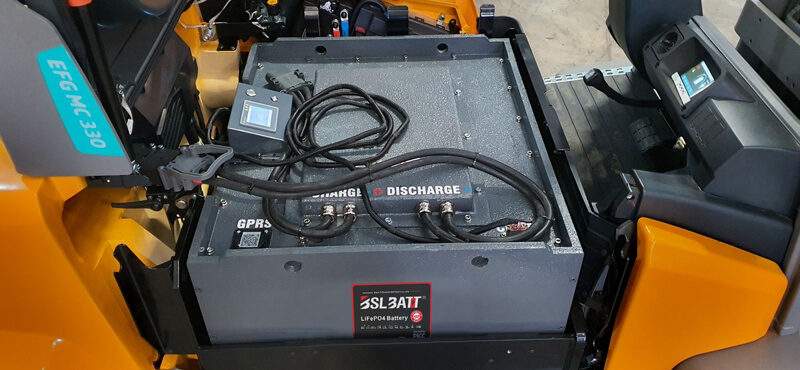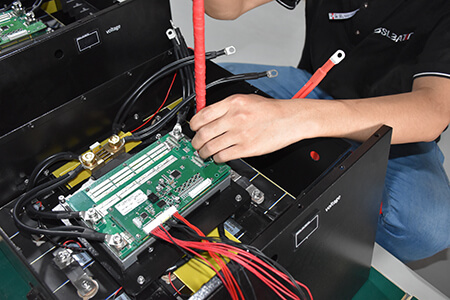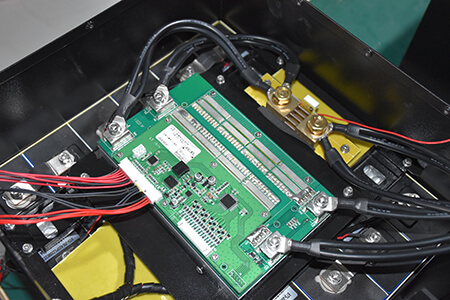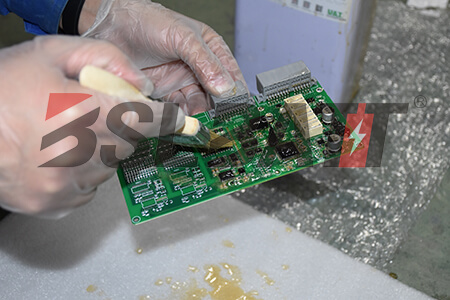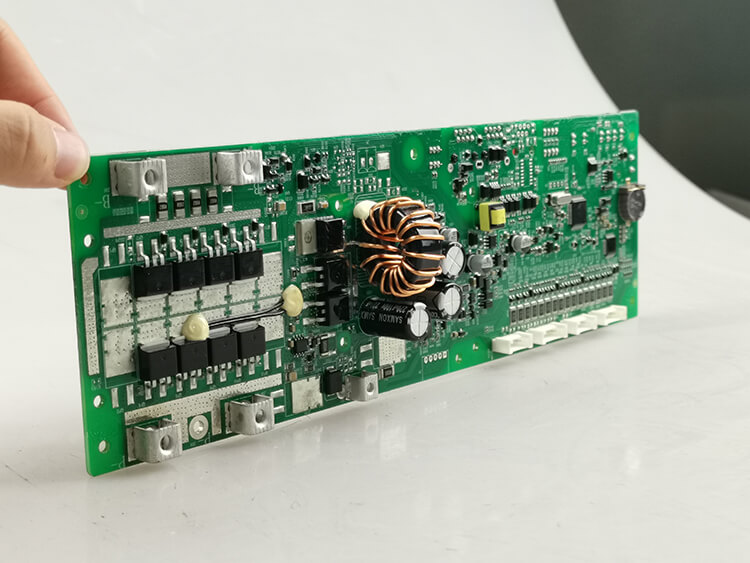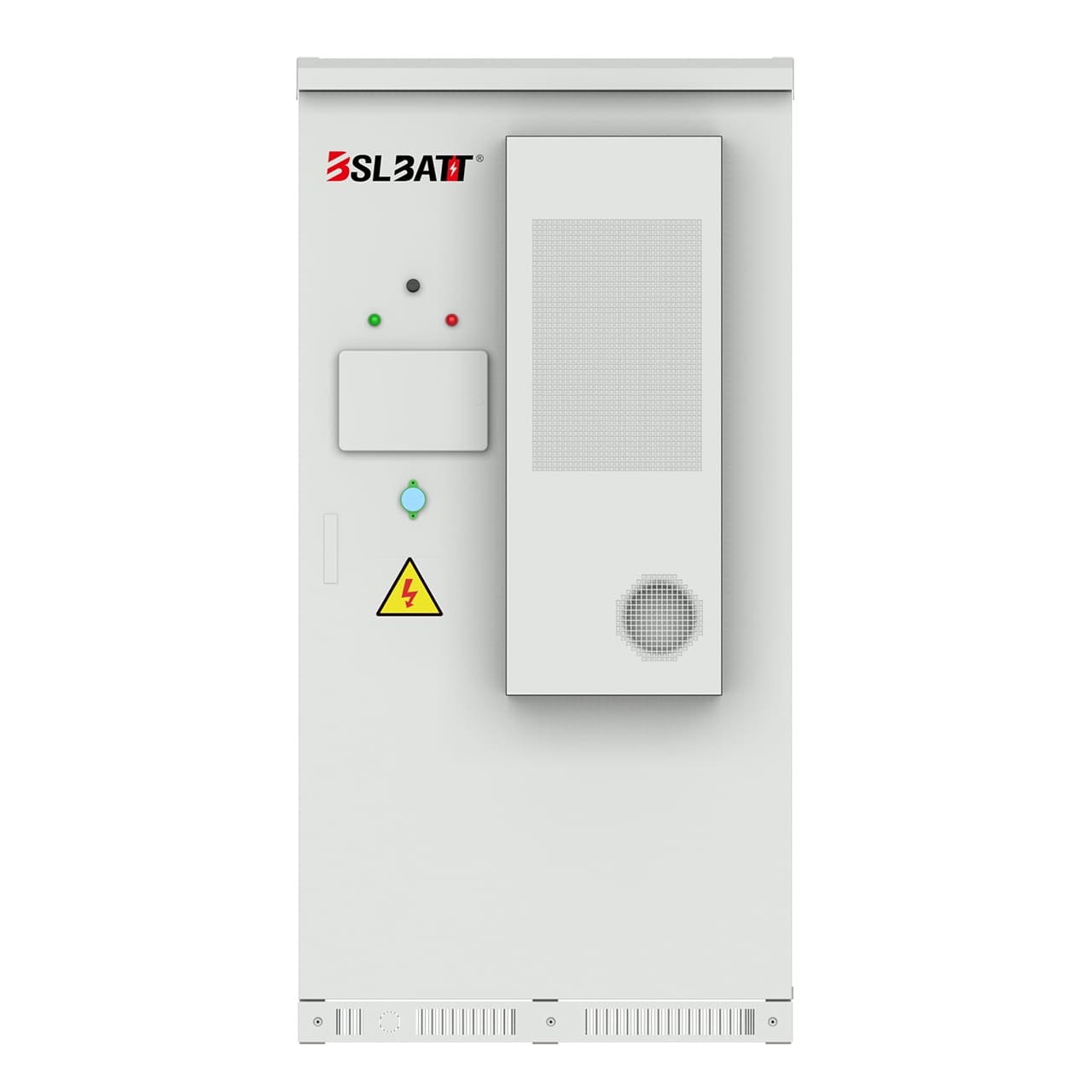Industry Application
Product Type
Why Battery Management Systems Are Becoming More Critical In Lithium Batteries
A focus of concern for several Industries out there’s the condition of the batteries that power their assets. If A battery fails, then the vehicle or electric-powered equipment it energizes is down for a period, affecting the company’s productivity. Moreover, if the battery is broken, then a replacement battery must be purchased, and therefore the business has got to absorb the prices. Stocking a listing of replacement batteries can provide a fast remedy. However, the business must absorb the extra costs there too. What if a business experiences a huge failure of its fleet’s batteries? the whole operation might be impacted, leading to much downtime that results in a catastrophic productivity issue and a big expense hit on the company’s budget. Since the advanced battery industry is growing adjacent to other large industries like EVs and energy storage, batteries must be equipped to perform effectively under dynamic environments. The battery management system (BMS) is a crucial component of this goal, because it is critical to determining the lifespan of the battery. In the us today, there are quite 5.4 million fleet cars and quite 11.7 million fleet trucks, vans, and SUVs. of those fleet trucks, about 3 million are commercial or utility vehicles. Many of these fleet vehicles depend upon A battery for power. Therefore the battery must perform well. What Is a Battery Management Systems?There is no clear definition of what constitutes a BMS, and therefore the advanced battery industry features a fragmented interpretation of what the system is meant to try to to. Current standards don’t adequately define BMS requirements; loopholes and conflicting literature exist across governing bodies. This has led to excessive supplier-driven standards developed from rock bottom-up instead of the highest down. A clear definition and list of attributes associated with BMSs enable stakeholders to avoid confusion, add consistency across platforms, reduce complexity, increase safety, and reduce cost. Without a definition, the subsequent can result: ● Inefficient cell and system designs ● Inconsistent requirements for cells, packs, and systems ● Costs inflation on the cell and pack levels ● Longer battery development timeline Why can we Need a battery management system (BMS)?Several things can fail during a battery which will end in its damage. They include: Exhaustion of the active chemicals – The depletion of a battery’s active chemicals may be a common occurrence that will be remedied by a recharge. Change within the molecular or body of the electrodes – While the structure of the active chemicals remains unchanged, it are often damaged over time and causes a discount within the chemical process leading to an unusable battery. Breakdown of the electrolyte – this will occur thanks to overheating or over-voltage. Electrode plating – this happens in lithium-ion batteries and is thanks to the low-temperature operation or over-current occurring during charging. this will cause a discount of the Lithium metal on the anode of A battery, causing a permanent capacity loss and supreme short. Increased Internal Impedance – the interior impedance of the cell of A battery increases over time and crystals form that negatively affect the area of the electrodes. Reduced capacity – this is often a standard occurrence thanks to the aging of the battery’s cell. However, the capacity is often restored through deep discharges. Increased self-discharge – the looks of crystal within the active chemicals of the battery may result in swelling of the electrodes. This increases pressure on the battery’s separator and leads to an increase within the self-discharge of a cell. This increases because the temperature of the battery rise and cause damage to the battery. Gassing – Typically caused by over-discharging, it may result in loss of the active chemicals, and therefore the released gasses could explode. Pressure build-up – High temperatures within the battery cause the build-up of pressure leading to the rupture or explosion of the cells. A release vent within the battery permits the gas to flee releasing the pressure. A pressure build-up can cause short circuits. Penetration of the separator – Penetration of the separator of dendrite growth and contaminates, burrs on the electrodes, or softening of the separator thanks to overheating can cause short circuits. Swelling – As pressure on the cells of A battery increases, overheating can occur, causing some cells to swell. this might end in loss of capacity also as problems in containing the cells inside the battery. Overheating – it’s an endless problem and maybe a significant reason why batteries fail. It can cause permanent changes to the chemicals inside the battery; causing gassing, swelling, and distortion of the cell casing. Also, it can adversely affect the battery’s electrolytes. Preventing overheating is important for securing an extended life for A battery. Thermal runaway – chemical process doubles for each 10°C increase in temperature. Temperature can then rise during a cell. As temperatures increase, the electro-chemical action quickens, and therefore the impedance of the cell is reduced, causing higher currents and even higher temperatures destroying the battery. Assuring that the battery continues to perform appropriately depends upon the power to manage and monitor its operation. Therefore, businesses are recognizing that this is often not just a price issue but a security issue also. An exploding battery can injure workers and cause a spread of problems which will affect the existence of a business.
The Remedy BSLBATT Lithium – Battery Management DeviceThe remedy to those problems is an accurate and efficient method of battery management and monitoring. A technology that gives this is often battery management telematics. Industries with assets and equipment that need batteries to work them can leverage telematics during a battery monitoring and management system to look at real-time information that pertains to all or any of their battery-powered assets. Real-time information can alert businesses when temperature changes exceed a particular threshold based upon the battery type, avoiding overheating problems that cause battery damage and even battery explosions. This investment allows users to spot the general health of their fleet’s batteries through automatically distributed reports or real-time alert notifications in order that the operational efficiency isn’t at stake. Telematic systems that track the health of batteries through reporting and alert notifications also assist in creating A battery management program also as a maintenance schedule that forestalls problems from ever arising. Lithium iron phosphate batteries pack tons of power and value into a little package. The chemistry of those batteries may be a big part of their superior performance. But all reputable commercial lithium-ion batteries also include another important element alongside the battery cells themselves: a carefully designed electronic battery management system (BMS). A well-designed battery management system protects and monitors a lithium-ion battery to optimize performance, maximize lifetime, and ensure safe operation over a good range of conditions.
At BSLBATT, all our lithium iron phosphate batteries include an indoor or external BMS. Let’s have a glance at how a BSLBATT BMS protects and optimizes the operation of a lithium iron phosphate battery. A Battery Management System (BMS) is an intelligent component of A battery pack liable for advanced monitoring and management. it’s the brain behind the battery and plays a critical role in its levels of safety, performance, charge rates, and longevity. Our BMS is meant to be a long-term solution for our customers with the very best level of safety in mind. Advanced algorithms and electronics ensure high precision measurements: ● Functionally safe ● Over and Under Voltage ● Fast and efficient balancing ● Overcurrent and short Protection ● Shortened charging time ● Over Temperature ● Improved range per charge ● Cell Imbalance ● Maximum battery life
Through cooperation with research project institutions like the university of science and technology of China and Hefei university of technology, the corporation owns the core technology of the battery management system (BMS). At present, the battery BMS design and PACK work of the corporate are completed independently, greatly reducing the assembly cost and effectively controlling the delivery time. At an equivalent time, our company takes the new energy vehicle BMS because the entry point, carries on the technology research and development and therefore the innovation within the application, the method, the technology, the structure, the merchandise than on unceasingly, obtains a series of independent property rights, guarantees our company product within the technology industrialization and therefore the commercialization, has been within the domestic leading position. Summary Lithium iron phosphate batteries are made from quite just individual cells connected together. They also include A battery management system (BMS) which, while not usually visible to the end-user, makes sure each cell within the battery remains within safe limits. All BSLBATT lithium iron phosphate batteries include an indoor or external BMS to guard, control, and monitor the battery to make sure safety and maximum life over the complete range of operating conditions. |
A Guide to Choosing the Best 48V Lithium Golf Cart Battery
Would it be worth investing in a 48V ...
10 Exciting Ways To Use Your 12V Lithium Batteries
Back in 2016 when BSLBATT first began designing what would become the first drop-in replacemen...
BSLBATT Battery Company Receives Bulk Orders from North American Customers
BSLBATT®, a China Forklift battery manufacturer specializing in the material handling indust...
Fun Find Friday: BSLBATT Battery is coming to another great LogiMAT 2022
MEET US! VETTER’S EXHIBITION YEAR 2022! LogiMAT in Stuttgart: SMART – SUSTAINABLE – SAF...
Looking for new Distributors and Dealers for BSL Lithium Batteries
BSLBATT battery is a fast-paced, high-growth (200% YoY ) hi-tech company that is leading the a...
BSLBATT to Participate at MODEX 2022 on March 28-31 in Atlanta, GA
BSLBATT is one of the largest developers, manufacturers, and integrators of lithium-ion batter...
What makes the BSLBATT the Superior Lithium Battery for your Motive Power needs?
Electric forklift and Floor Cleaning Machines owners who seek the ultimate performance will fi...








